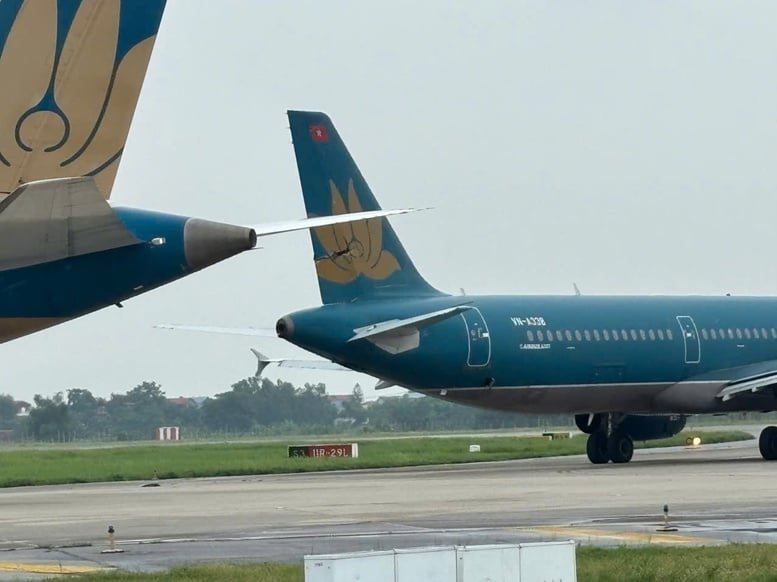
Two planes collided at Noi Bai airport on June 27
On June 27, 2025, at Noi Bai International Airport, an incident occurred where aircraft VN-A863 collided with aircraft VN-A338 at the intersection between taxiways S and S3. In order to enhance the safety of aircraft operations, especially during the peak summer season of 2025 and the stormy and unfavorable weather conditions in the coming time, the Civil Aviation Authority of Vietnam ( Ministry of Construction ) requires units to strictly comply with the Directives of the Civil Aviation Authority of Vietnam on enhancing flight safety in adverse weather conditions.
Strictly comply with the operating procedures, regulations on duty time and rest time of aviation staff. At the same time, strengthen the dissemination, dissemination and raising awareness of compliance with regulations and procedures to all employees, especially pilots and air traffic controllers to ensure aviation safety.
Aircraft pilots must strictly comply with operating procedures.
For pilots, units thoroughly understand and require pilots to strictly comply with standard operating procedures (SOP), especially during critical phases of the flight (sterile cockpit principle) including taxiing, take-off and landing.
Specifically, conduct taxiway meetings before each flight, use updated airport documents and assign specific tasks to flight crews during taxiing; during taxiing, increase observation, proactively identify critical positions, hotspots, intersections, narrow taxiways or areas with high activity density. If there is any doubt about the safe distance from surrounding obstacles (aircraft, vehicles, people, foreign objects - FOD...), the movement must be stopped immediately and notified to air traffic control.
Listen to - repeat - confirm correctly the instructions of the air traffic controller to ensure compliance with instructions, regulations and procedures. In case the content of the instructions is unclear, the flight crew must reconfirm with the air traffic controller before performing.
Only perform tasks related to ensuring the safety of aircraft operations (do not use personal vehicles to take photos, record videos, etc.); strengthen internal inspection, evaluation, and supervision on flights and review operating procedures to continuously improve safety assurance.
Air traffic controllers must promptly detect unusual situations.
The air traffic controller at the Air Traffic Control Station (TWR) must ensure full and comprehensive observation and supervision of all activities during the entire aircraft operation of the shift; effectively use support equipment (SMR ground monitoring system, binoculars, etc.), relevant terrain and topographic markers to determine the location, direction of travel, and safe distance of the aircraft in order to promptly detect and handle any arising and unusual situations, especially the situation of aircraft stopping and parking in violation of regulations, taxiing routes not following the instructions, etc.;
Strictly focus on listening, fully repeating and correctly and promptly implementing the flight crew's instructions. When detecting incorrect repetition of instructions or suspecting that the pilot does not clearly understand the content of important instructions (instruction limits, instructions to stop and wait at the waiting position before the runway, crossing the runway, the runway used for takeoff and landing, etc.), the air traffic controller will repeat it twice to emphasize, attract concentration, and ensure that the pilot understands the instructions correctly before implementing;
Grasp meteorological information, especially in adverse weather conditions, and promptly update and notify early to proactively develop appropriate operating plans and provide information and advice to pilots.
Airport operators need to strengthen the review and inspection of the system of signs, road markings, signal paints, and lighting systems at airports to ensure the system's service readiness and ensure safe operations at the airport area.
Research and apply enhanced surface movement guidance and control systems (SMGCS) to prevent intrusion into runways and avoid collisions with aircraft at airports with high traffic density.
Previously, on June 28, the Civil Aviation Authority of Vietnam reported to the Ministry of Construction and the National Traffic Safety Committee about the incident where the wing tip of aircraft numbered VN-A863 collided with the vertical tail of aircraft numbered VN-A338 at Noi Bai International Airport on June 27.
According to initial information collected about the incident, the collision caused damage to the right wing tip of VN-A863 and damage to the vertical tail and rudder of VN-A338. All passengers and crew are safe.
Noi Bai International Airport and the Northern Airport Authority coordinated with relevant units to approach the scene, record and make a preliminary assessment of the incident. After recording all the information, the scene was cleared at 3:25 p.m. the same day. The two aircraft involved in the incident were then taken to the maintenance workshop for assessment and repair of the damage.
"The Civil Aviation Authority of Vietnam has collected information about the aircraft, crew, flight and sealed the aircraft's recording device to serve the work. At the same time, an investigation team has been immediately established to investigate and verify the cause of the incident," said the Civil Aviation Authority of Vietnam.
On the afternoon of June 27, aircraft numbered VN-A863, performing flight VN7205 from Hanoi to Ho Chi Minh City, while taxiing onto the runway to prepare for takeoff, collided with the tail of aircraft numbered VN-A338, which was waiting to perform flight VN1804 from Hanoi to Dien Bien.
Immediately after the incident, the airport authorities promptly took action to ensure the safety of passengers and crew. All passengers on both flights were assisted and transferred to alternative flights to continue their journeys.
Phan Trang
Source: https://baochinhphu.vn/ra-soat-lai-quy-trinh-dam-bao-an-toan-sau-su-co-may-bay-va-cham-tren-duong-lan-san-bay-noi-bai-102250629124844568.htm











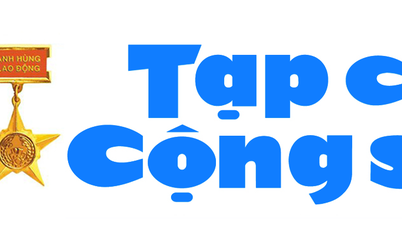





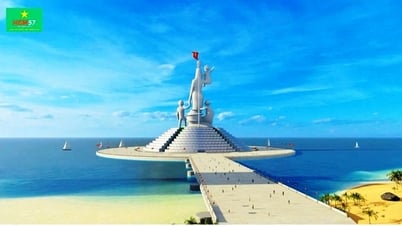





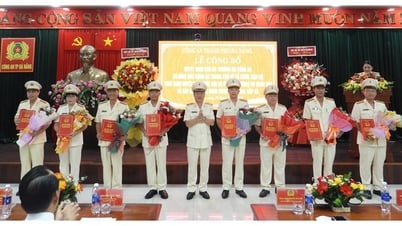

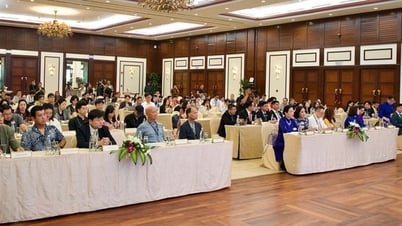
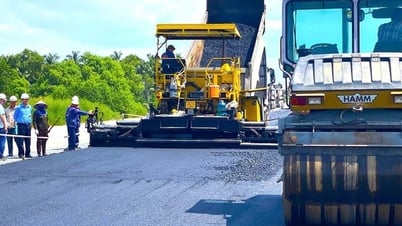
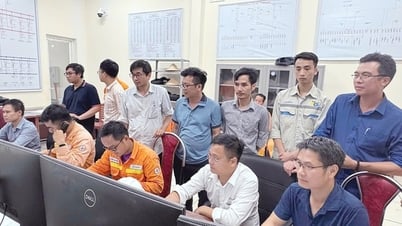


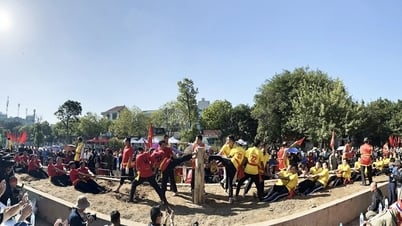

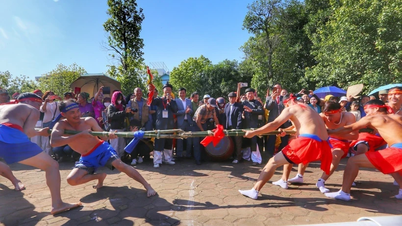
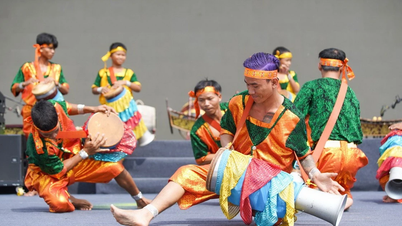

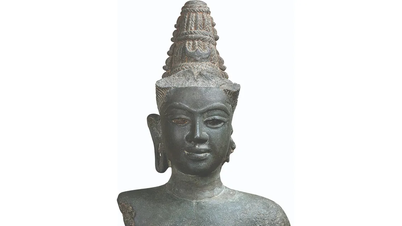









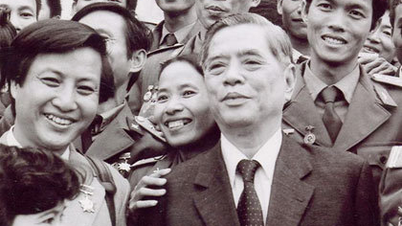




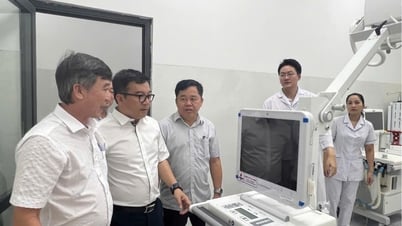







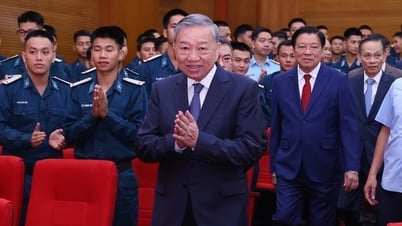


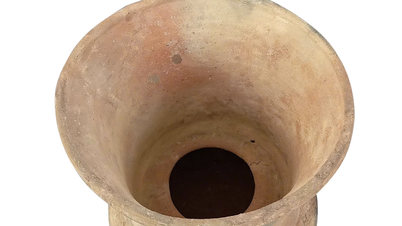

![[Infographic] Circular guiding the functions, tasks and powers of the provincial Department of Culture, Sports and Tourism and the commune-level Department of Culture and Social Affairs](https://vphoto.vietnam.vn/thumb/402x226/vietnam/resource/IMAGE/2025/6/29/877f24989bb946358f33a80e4a4f4ef5)

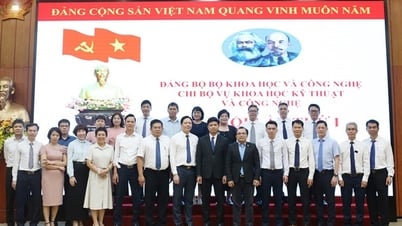





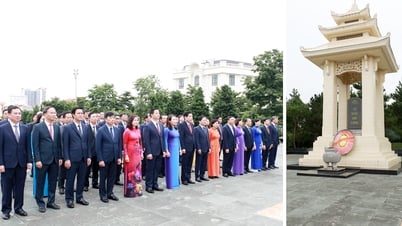

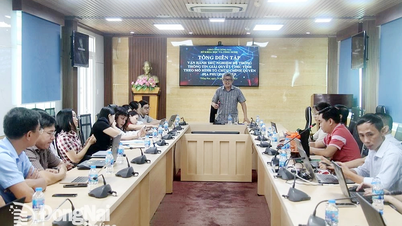

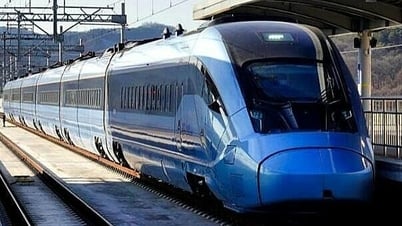



















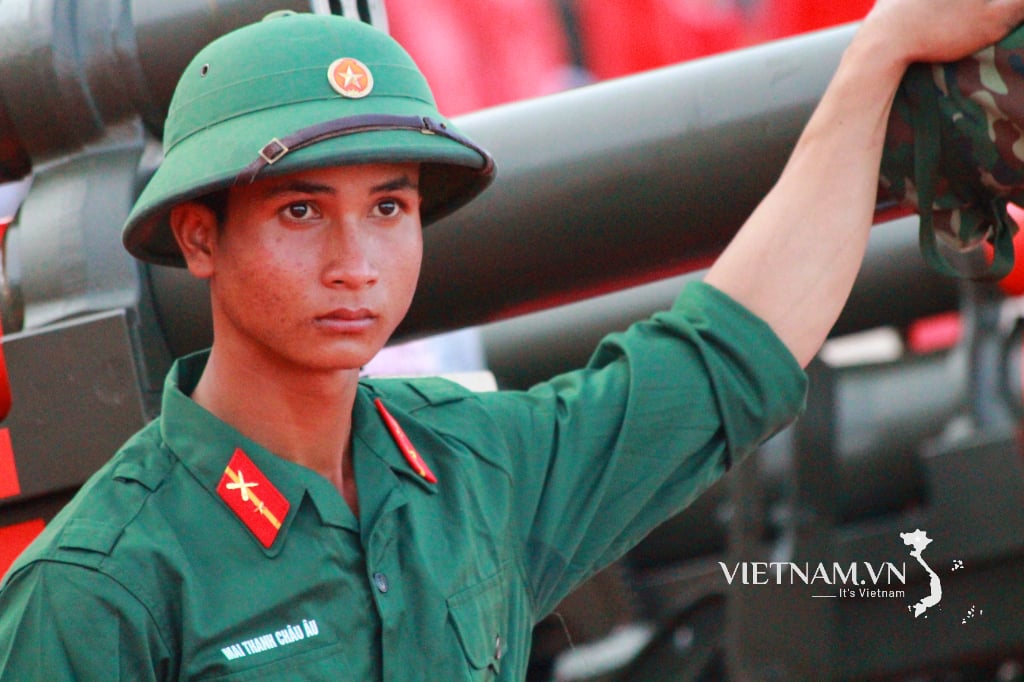
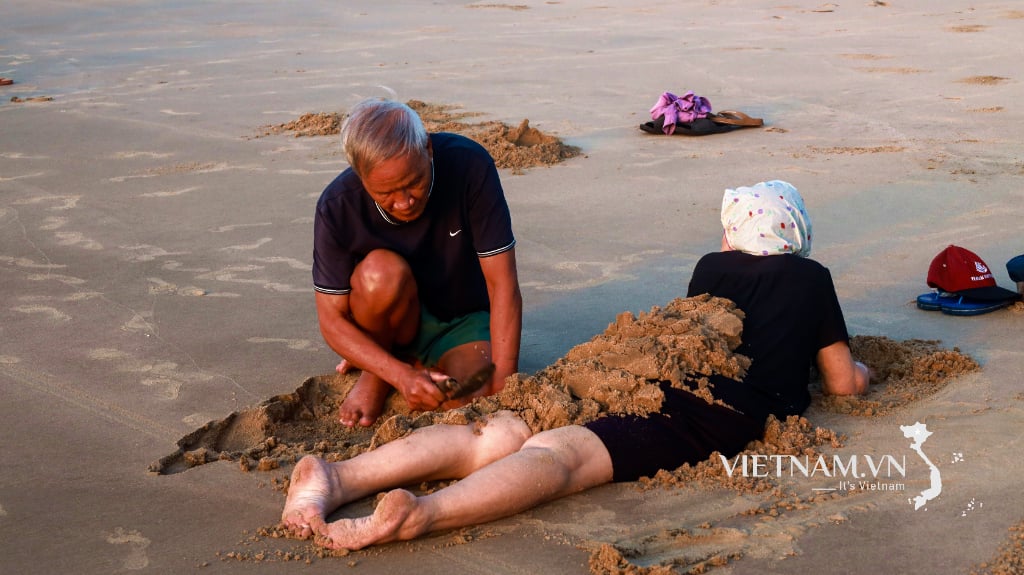


Comment (0)